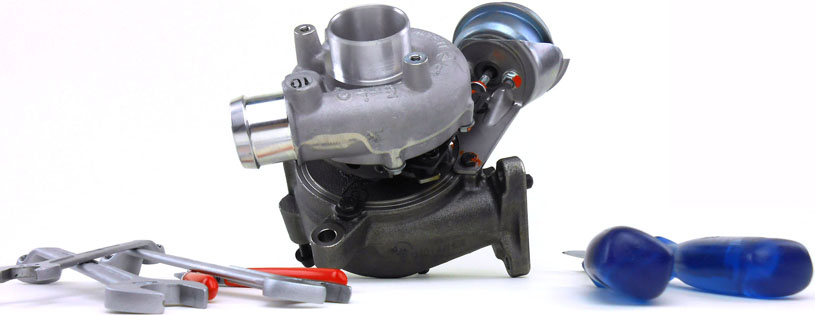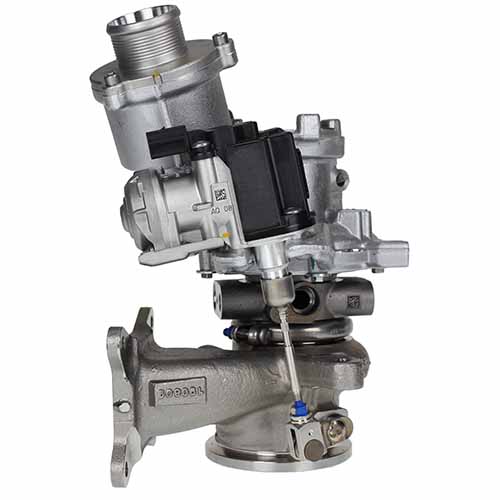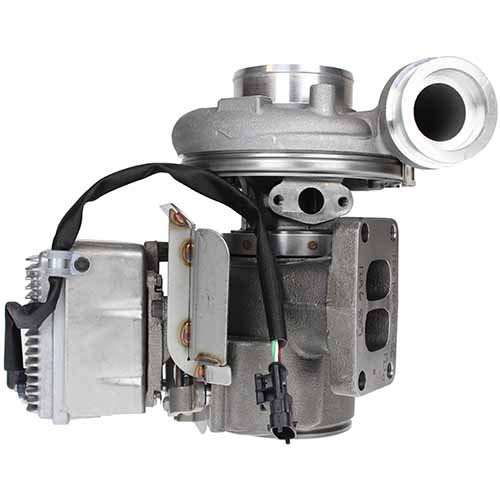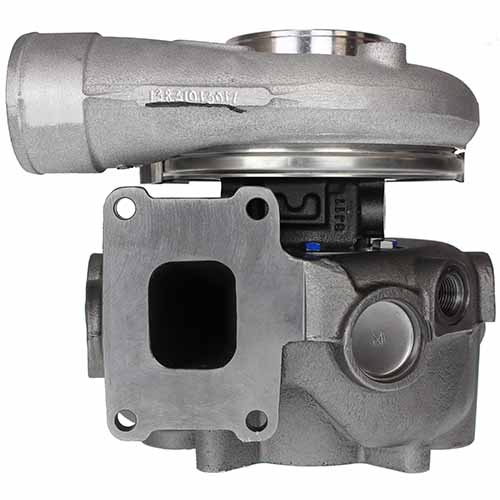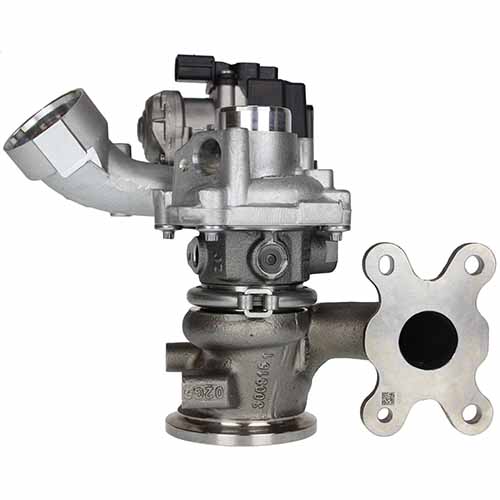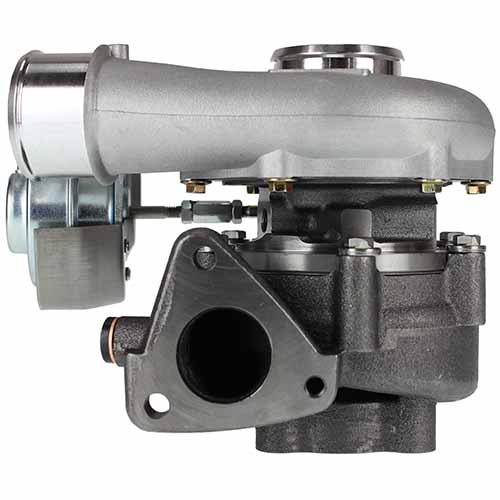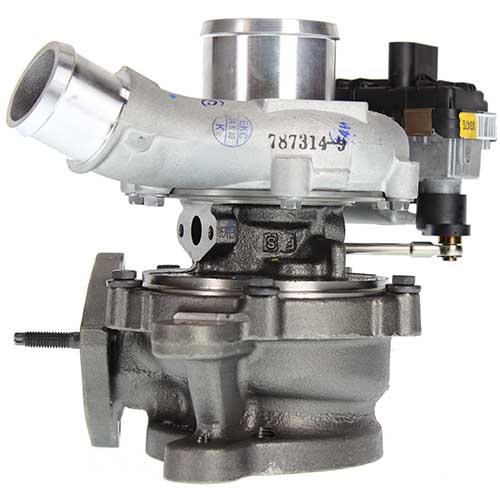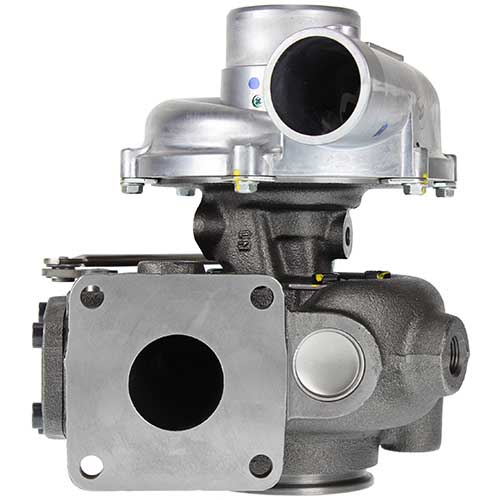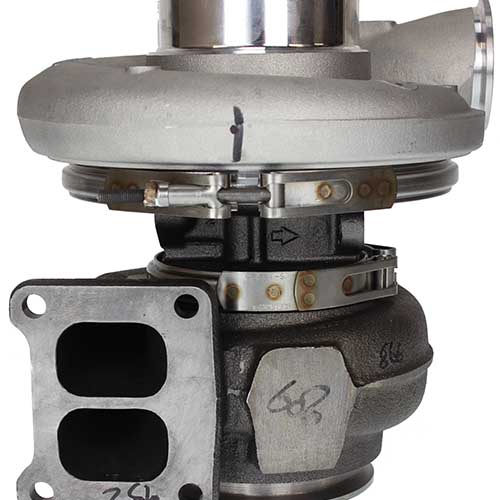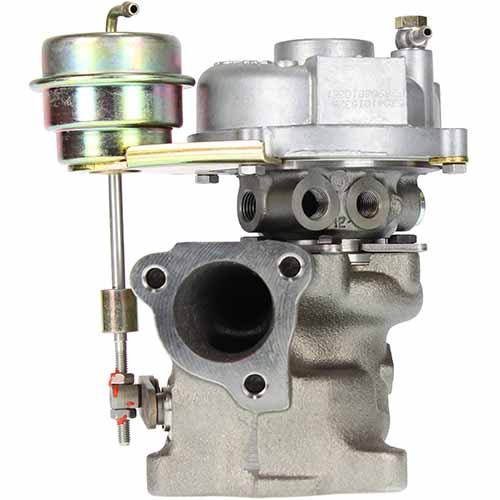Turbo search
Turbocharger specialist
We have specialized in supplying new and remanufactured turbochargers since 1996. Our well-stocked inventory of new and remanufactured turbochargers allows us to supply almost any turbocharger directly.
We supply and remanufacture turbochargers for passenger cars, light commercial vehicles, marine, water sports, stationary engines, tractors, racing, rally and upgrades.
You are welcome with your turbocharger, where our team of experts can provide you with all the turbocharger help you need.

